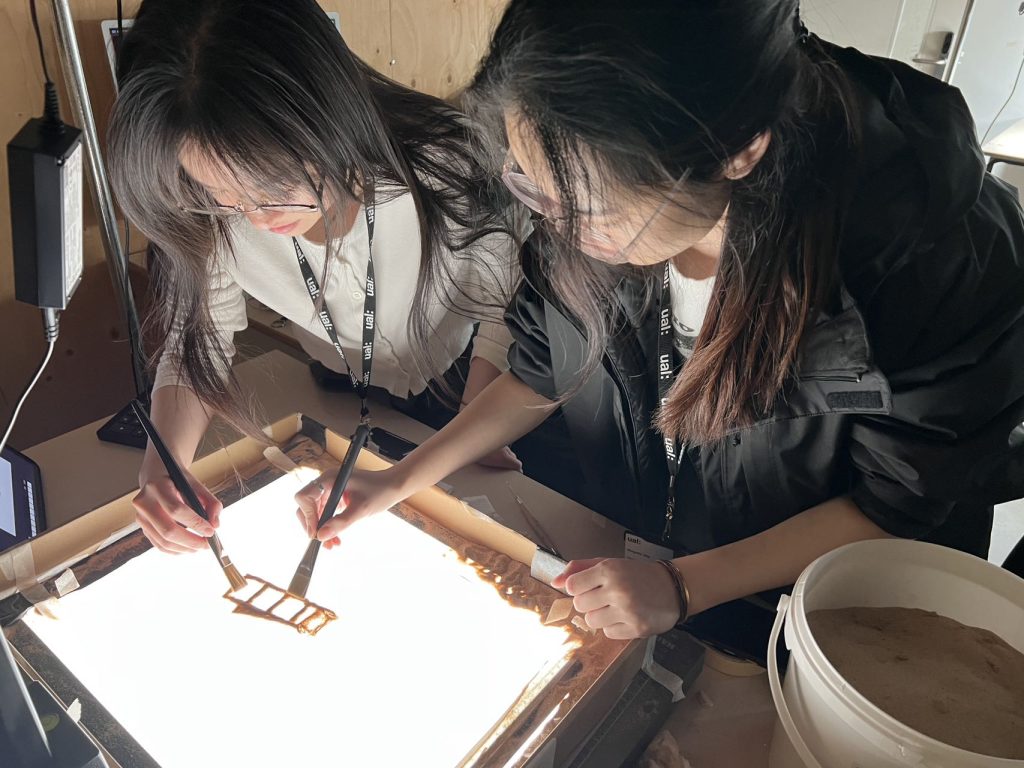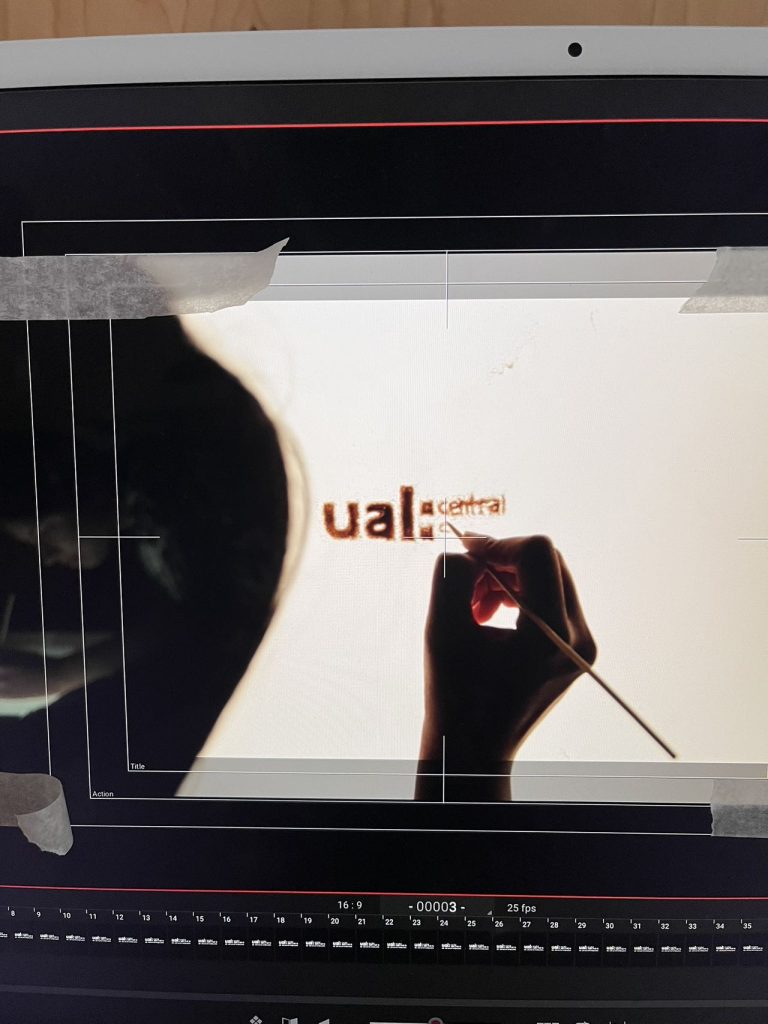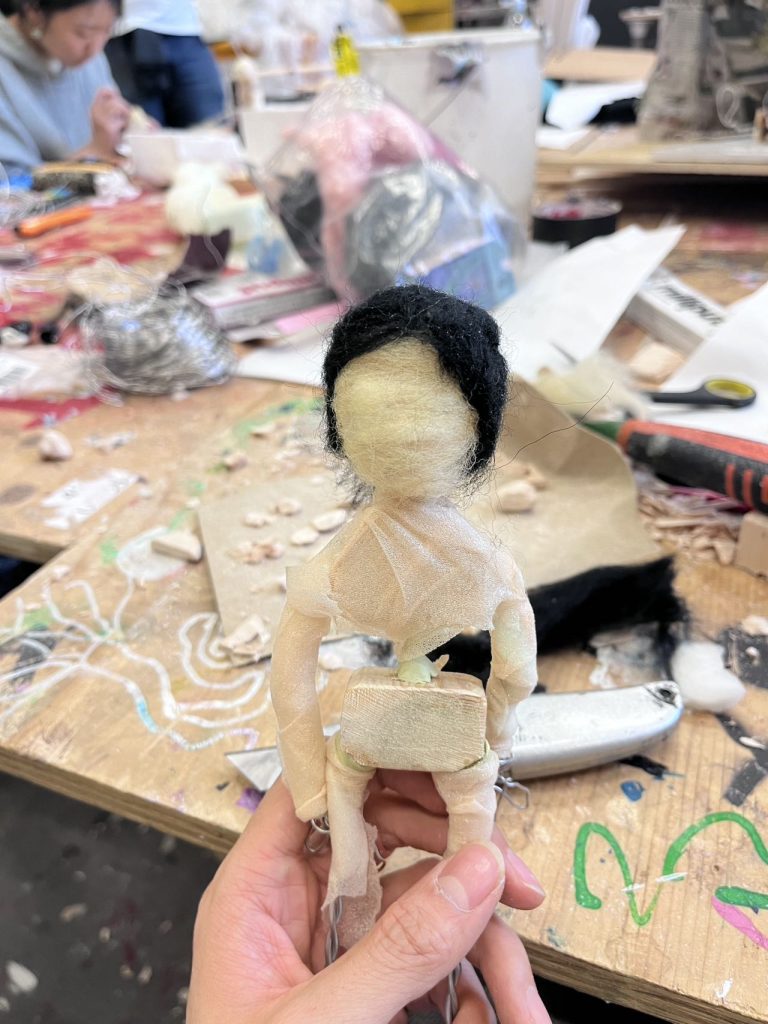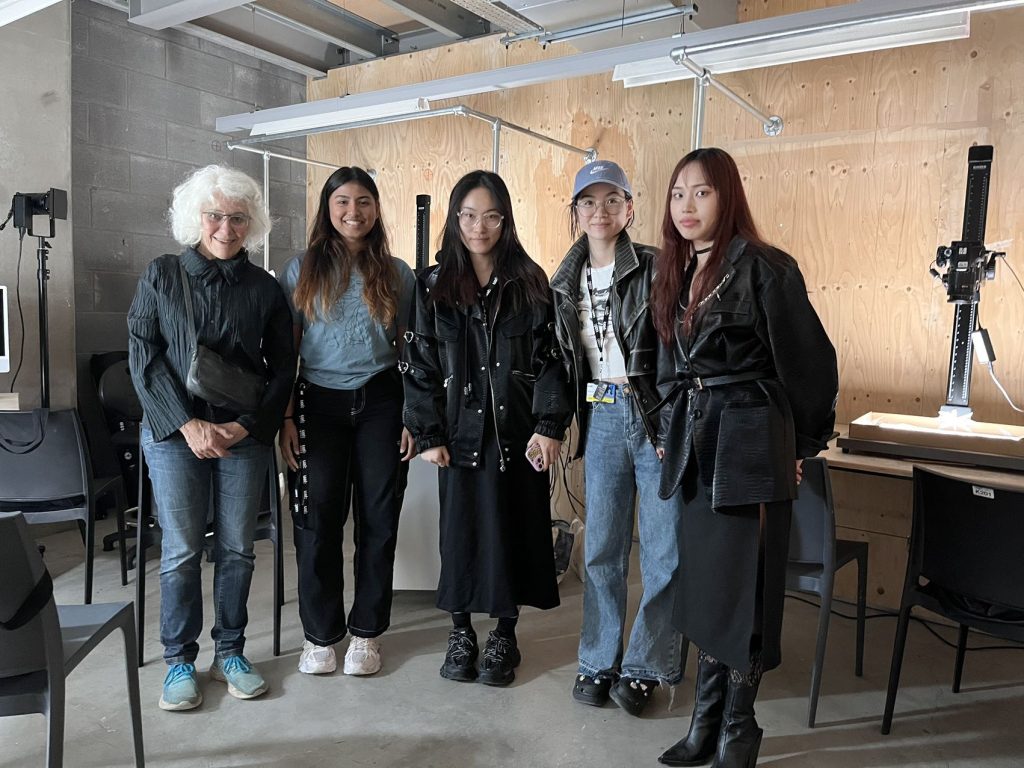In my last project at the London Animation Festival, I had the opportunity to try stop-motion animation. I participated in creating sand animation and also in the post-production editing and voice-over work, and this experience offered me invaluable insights into the meticulous craft of stop-motion animation.
What initially caught me by surprise was the substantial time and patience required for creating stop-motion animation. At the project’s outset, our team was brimming with confidence, thinking that after the preliminary preparations, we could complete our sand animation project within a mere two weeks. However, reality had other plans. As we embarked on the production journey, we encountered numerous challenges and obstacles. Mistakes in individual frames necessitated the redoing of entire scenes, and even minor issues like figurine collisions with the camera demanded starting from scratch. Unlike traditional drawing or painting, sculpting intricate details in sand animation proved to be exceptionally complex.


During the project, I also had the chance to visit a friend’s stop-motion animation venture, where they were crafting puppet animation. From sculpting characters to creating clothing and crafting detailed sets, it was evident that stop-motion animation demands a tremendous amount of effort and manpower.

During this period, we had the privilege of attending a lecture by the esteemed sand animation artist Caroline Leaf. Her work, although not characterized by intricately complex sand animation visuals, captivated audiences with its fluid motion and smooth transitions. This experience highlighted the necessity for artistic talent and inspiration in the world of sand animation.

In the professional realm, I have come to realize that while China has some excellent stop-motion studios, they are exceedingly rare. Stop-motion animation stands apart from 2D and 3D animation in its high demands for physical space, hardware and software equipment, technical expertise, and skilled human resources. Each frame of stop-motion animation involves the meticulous positioning of pre-made figurines in specific spatial environments, following a shooting process akin to live-action film production. The puppeteer’s control over the figurine’s movements advances the storyline, and any unforeseen factors can often necessitate re-shooting, amplifying the need for a substantial labor investment. This characteristic distinguishes stop-motion animation as a predominantly short film medium, unsuited for mass production, unlike computer-generated animation.
In recent times, faced with the challenges of foreign animation competition and the desire to support domestic original animation, the demand for homegrown animation has substantially increased, especially in television and other broadcast platforms driven by market dynamics. To meet the market’s needs promptly, computer animation emerged as a feasible solution, thanks to its high efficiency through computer-based tools. This transition greatly reduced production timelines and became the dominant model for domestic animation creation during this period.
In response to these developments, many experts with expertise in stop-motion animation techniques sought new avenues for growth. Equipment and instruments were either sold or stashed away in storage, while the talent pool experienced significant attrition, leading to a fragmentation of the industry and a virtual silence in the realm of stop-motion animation.
On a personal note, I found stop-motion animation to be a demanding test of patience and manual dexterity, especially since it was my first foray into this field. Consequently, I faced frequent setbacks and occasional self-doubt about my competence in this role. However, the allure of stop-motion animation, with its fascinating and captivating nature, continues to hold a strong appeal for me. Given the opportunity, I would eagerly embrace the chance to explore this medium further.